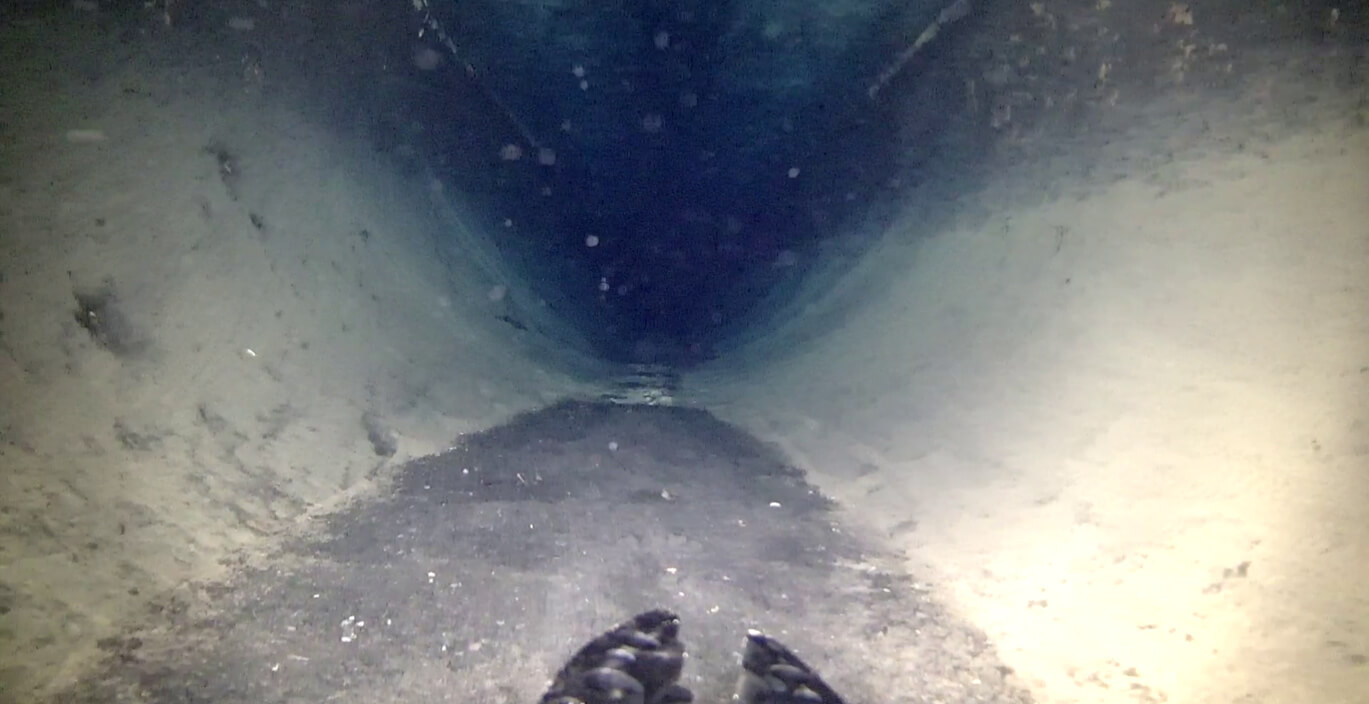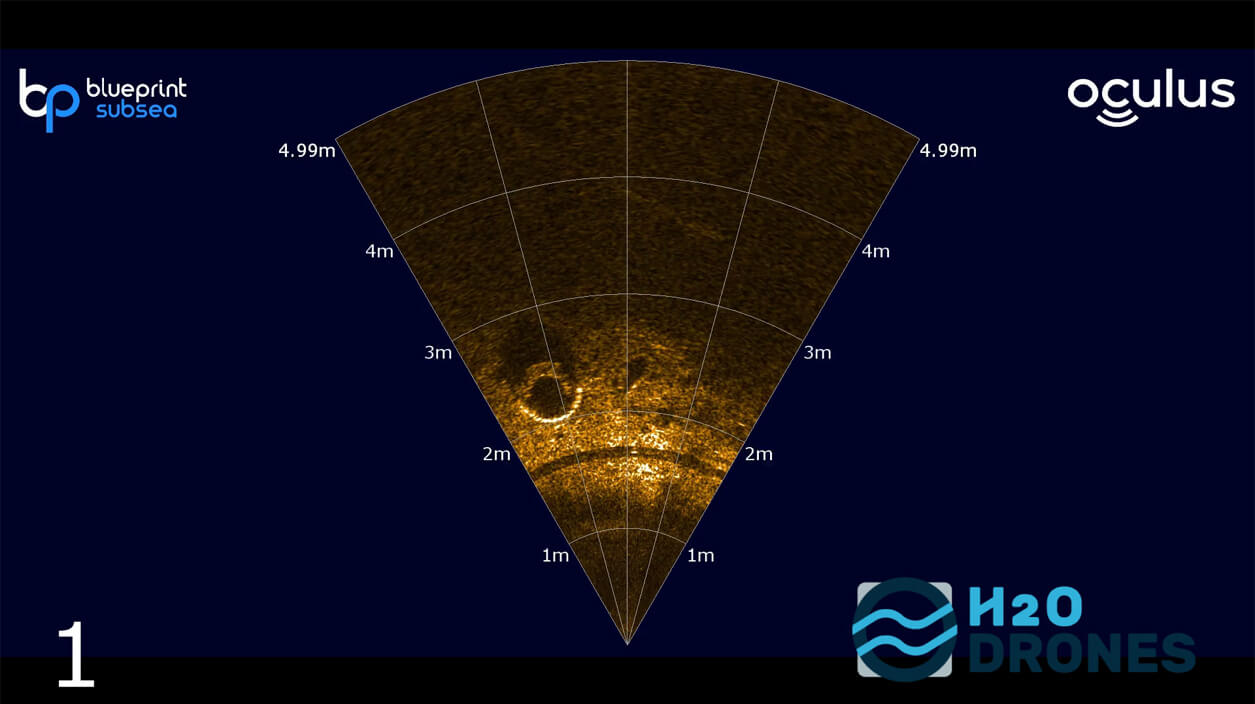Meanwhile, we have been able to gain experience within various projects, regarding the inspection of pipelines.
The pipelines do not need to be pumped dry in order to inspect them and the production process can usually continue unabated during inspection. This saves a lot of time!
With our smallest underwater drones we can move inside in pipelines with a cross-section from 250 mm. With the underwater drone we have a reach of 900 meters maximum in the pipeline.
The underwater drone finds its way through the full pipeline and documents the inspection on video. In case of poor visibility, we document the results of the inspection by use of sonar which provides a nice picture. The sonar can see cracks and damages in the pipes in poor visibility.
The drone could also be equipped with a laser, that can directly measure the damage. Thus allowing for a more efficient reparation if necessary.
During the inspection, our clients can follow the images live on the extra screens.
Our clients usually personally indicate which images they appreciate, for us to focus on these.
The underwater drones can also be designed standard with sensors to measure the water quality during the inspections.
Are you interested in how we can inspect pipelines for you? Request a free demonstration here. Or follow us on LinkedIn to stay up-to-date with our developments.









